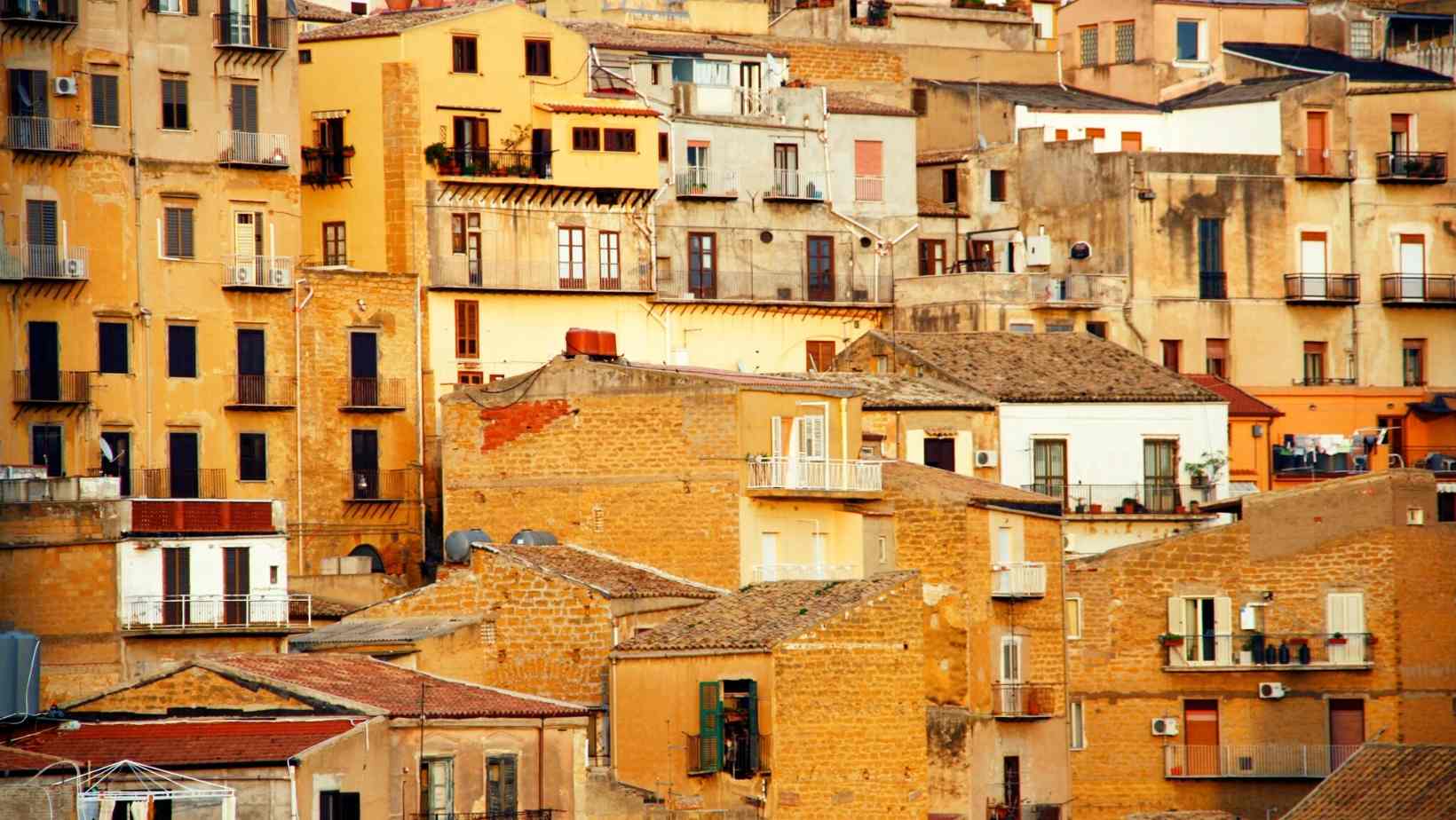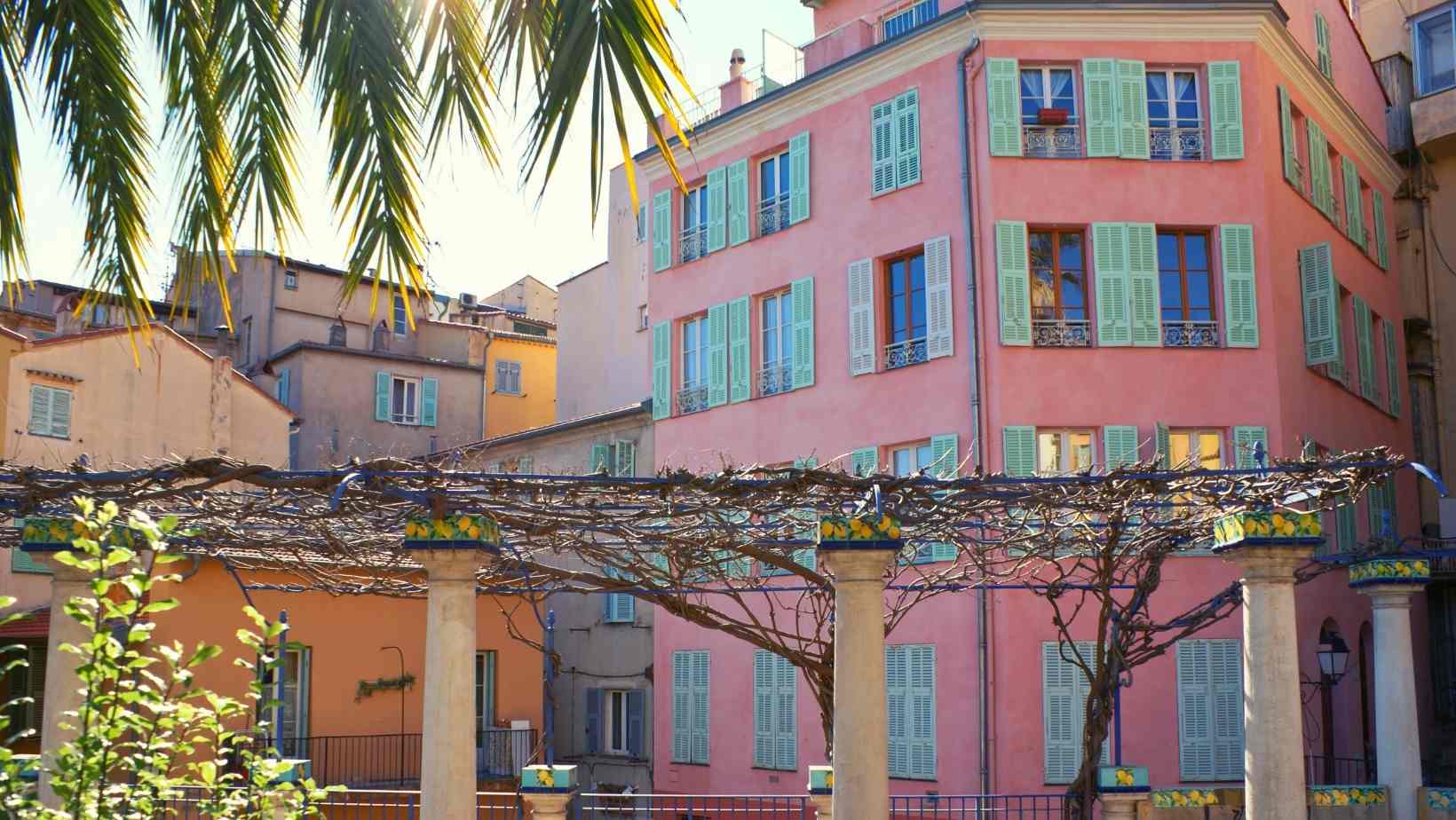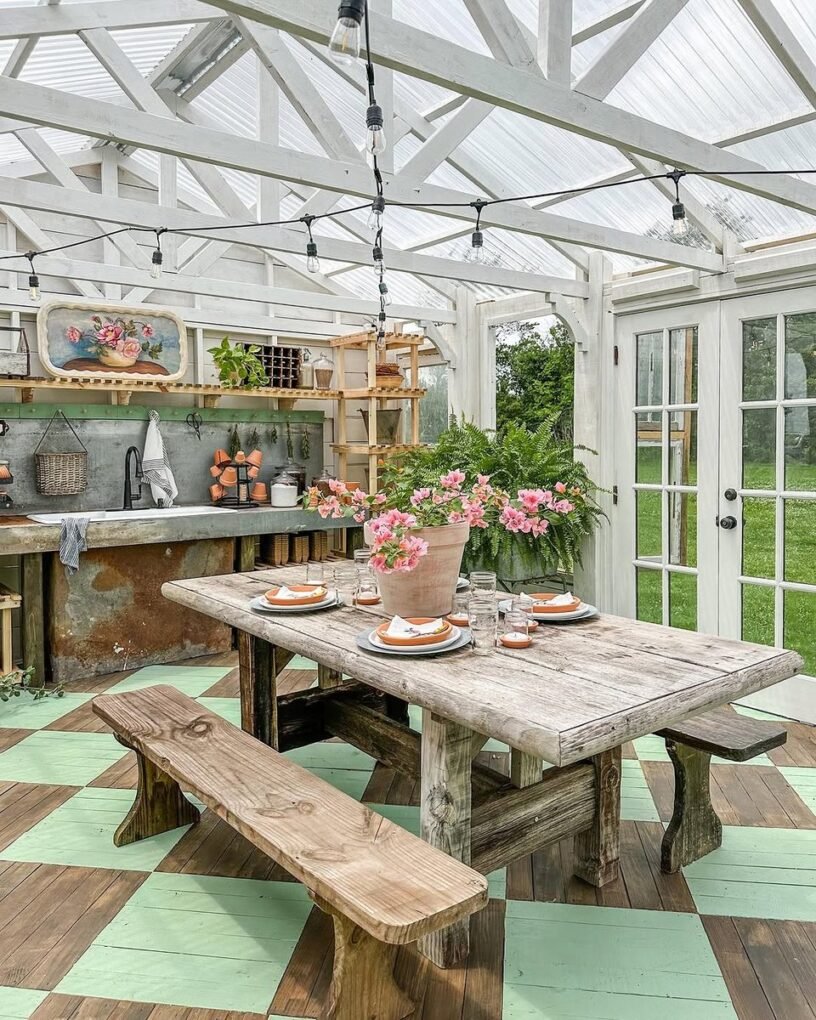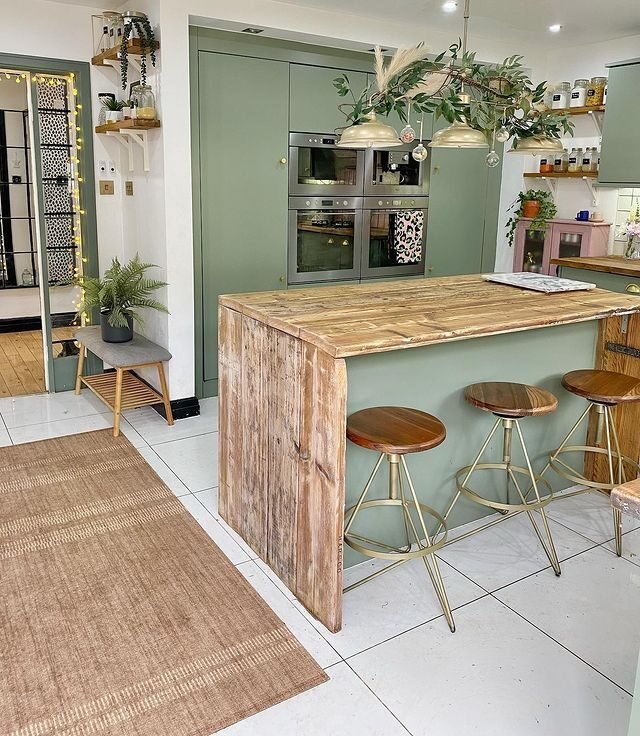The aesthetic of Mediterranean villas inspired the creation of Mediterranean-style residences in the 1920s. People were consumed by riches and leisure during this time period, culminating in the emergence of beach resorts in the United States. Mediterranean homes, which are a mix of Spanish and Italian architecture, are prevalent in warm-weather locations such as California and Florida, which also have Spanish influences. Although Mediterranean architecture was inspired by Italy, Portugal, Spain, and other Mediterranean countries at first, influences from France, Greece, and Morocco, among other countries, gradually entered the mix. Because Mediterranean architecture has been influenced by so many cultures, it is also known as Spanish Colonial, Moroccan, Mission Revival, and other terms.
Regardless of inspirations or styles, all Mediterranean-style homes are intended to be a soothing hideaway that ties the resident to nature. Mediterranean homes are designed to blend in with their natural surroundings and help homeowners feel at ease, with huge windows and doors that lead to patios, terraces, or balconies. Mediterranean Revival refers to the style of homes and buildings that were designed to emulate the warmth, luxury, and tranquilly of a Mediterranean villa. Although traditionally designated for public spaces such as hotels and coastal resorts, American architects in Florida and California promoted Mediterranean Revival architecture. For someone who enjoys modest, yet elegant spaces, a Mediterranean home is a dream come true.

It's a classic that will never go out of style. Mediterranean interior design is defined by the simple and romantic aesthetics of Southern European countries: light and warm colour schemes, as well as liberal use of natural materials like pottery, wood, wrought iron, and cotton. Boldness, simplicity, and convenience are all present in the design. As a result, it can be used in both residential and commercial settings. If you wish to bring the sunny romance of Spain, the profusion of warm hues of Italy, the marine freshness of Greece, and the spices of Morocco into your home, a Mediterranean-style decoration will undoubtedly do it. Many of the historic architectural and decoration components have been preserved in Mediterranean-style residences. The following are some of the traits that are common in Mediterranean-style homes:
Symmetrical Exterior-
The majority of Mediterranean homes are one to two floors tall with symmetrical exteriors. The entrance door is usually in the middle of the house, surrounded by massive wrought-iron gates. Because Mediterranean design emphasises letting the outside in, there are multiple tall doors and windows that lead to the home's outside living space.
Windows And Doors -
The windows and doors of Mediterranean homes have a number of distinguishing characteristics. They're frequently arched, with wrought iron grills on the windows. The windows and doors are also spacious, allowing for a breeze to flow through the house. The external doors are usually made of wood, and the windows have wooden shutters on occasion. Arched and open interior entrances are common.
Roofs-
The roofs of Mediterranean homes are another distinguishing feature. Low-pitched roofs with red or terracotta tiles are prevalent. Mediterranean-style residences contain red clay roof tiles that are shaped like half of a tube, similar to Spanish and Mexican dwellings. This form not only allows water to drain quickly, but it also traps cold air in its pocket, allowing the house to be kept cool on hot weather.
Color Palette-
White is the dominant hue inside Mediterranean homes since it is frequently utilised as the only colour on the walls. The floors, furnishings, and fabrics all have splashes of colour. Earthy colours like terracotta or yellow, as well as brilliant jewel colours, are frequently utilised to accent the white.

Walls-
Exterior and interior walls made of stucco are typical in warm countries. These thick walls can better preserve the interior's cool air on hot days. When temperatures drop at night, the warmth generated during the day is gradually released into the home. Houses on the south coast aren't known for their wall paper or cladding. It is sufficient to plaster and paint the walls in a light colour.
Archways-
Ornate archways are frequently built around Mediterranean windows and doors, serving both structural and ornamental reasons. Colorful hand-made tiles or mosaic glass may be used to embellish these archways on occasion.
Balconies And Outer Space -
Small balconies are common in Mediterranean homes, providing additional outside living space. These are frequently found off of bedrooms. Mediterranean houses are designed to blend in with their surroundings. Most houses have an outdoor living space, such as a patio, terrace, balcony, or atrium, as well as multiple entry points to the outdoors.

Ceilings-
High ceilings are another element that helps to keep the rooms cool in the summer. The ceiling should be quite high. Its ideal colour scheme is a matte sand, beige, and milky tint. Massive wooden beams should ideally be used to embellish the ceilings.
Floors-
Stone or checkered floors can be found in several Mediterranean homes. Tiled flooring are more popular in Mediterranean homes. The floor tiles in larger and more opulent homes are brightly coloured and set out in intricate patterns. Ceramic tile floors can be warmed with a soft mat in the Mediterranean style. Laminate wood or rough bleached timber boards can also be used.
Furniture And Accessories-
Natural and dependable materials should be used for finishing, furniture, and accessories: wood, wrought iron, glass, and stone. Cushions, rugs, and bedding should be vibrant to offset their natural, chilly tones. Too much of something is not tolerated in the Mediterranean style. This style is noted for its simplicity, utility, and unassuming beauty.
Mediterranean architectural houses are timeless and will never go out of style if you want a house that isn't trendy and won't require upgrading with really warm woods, brilliant walls, and indoor-outdoor living.




